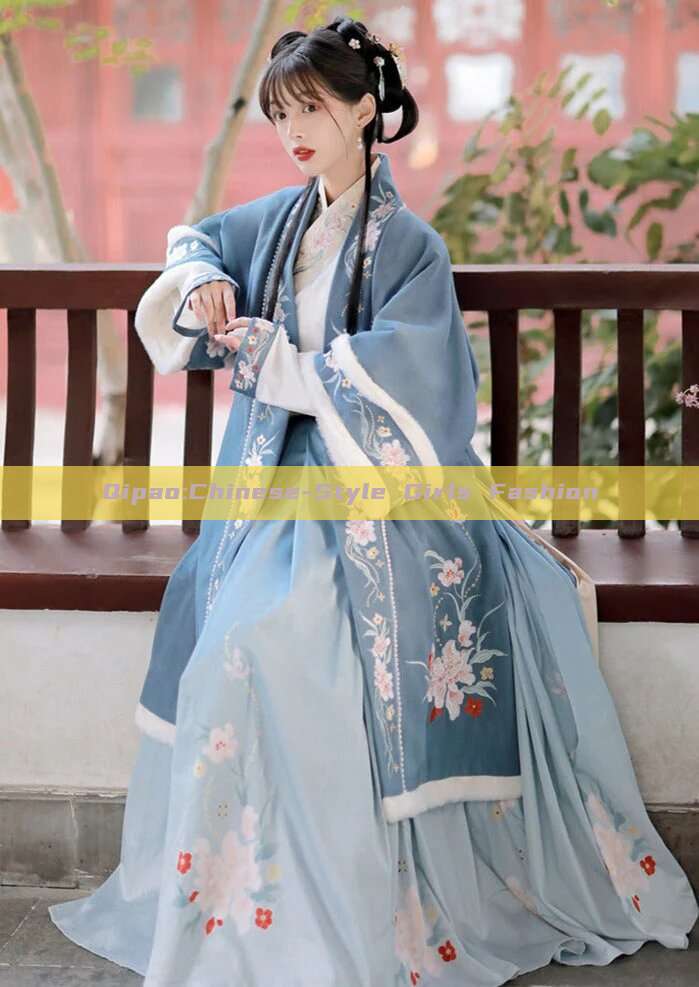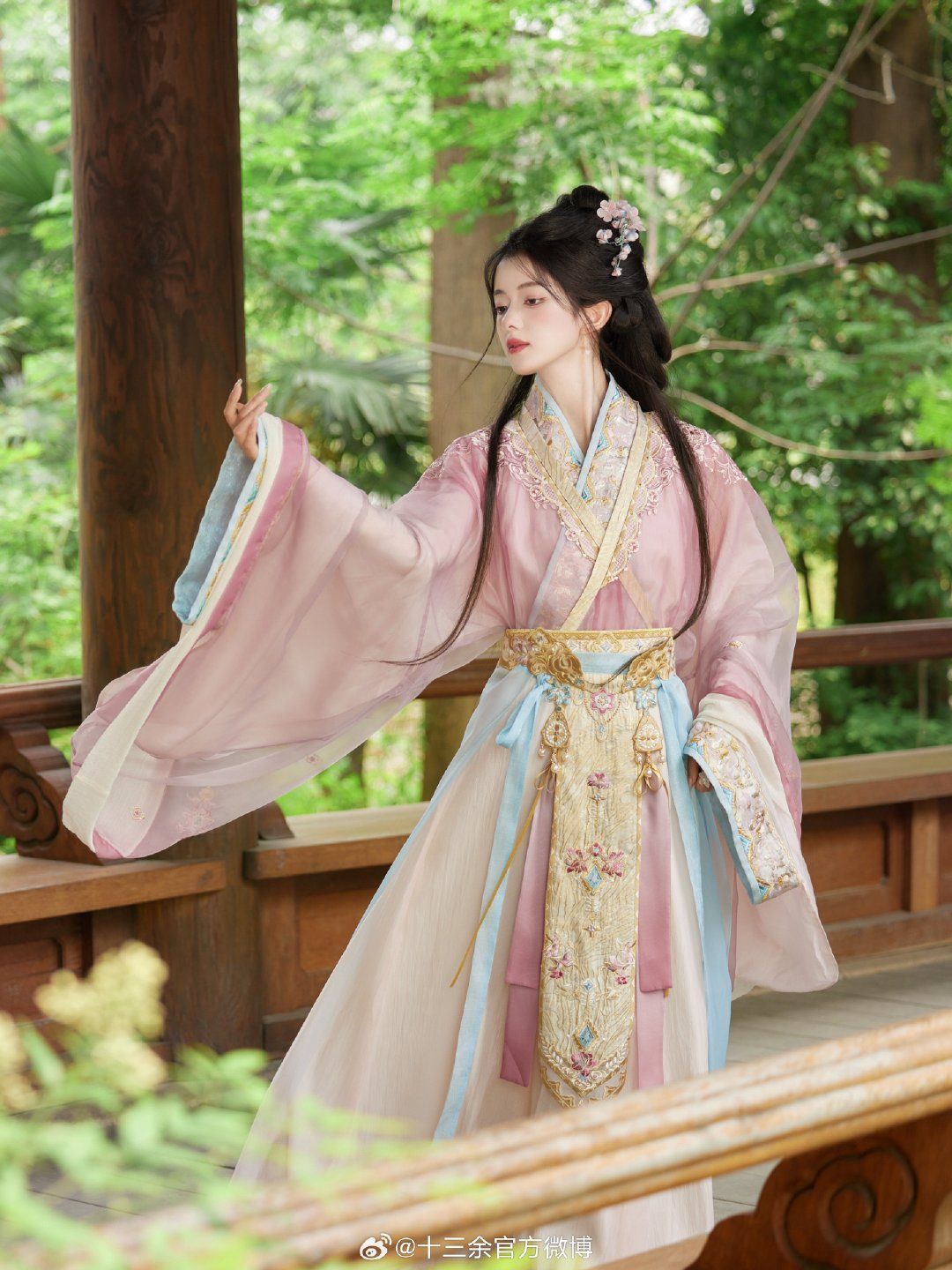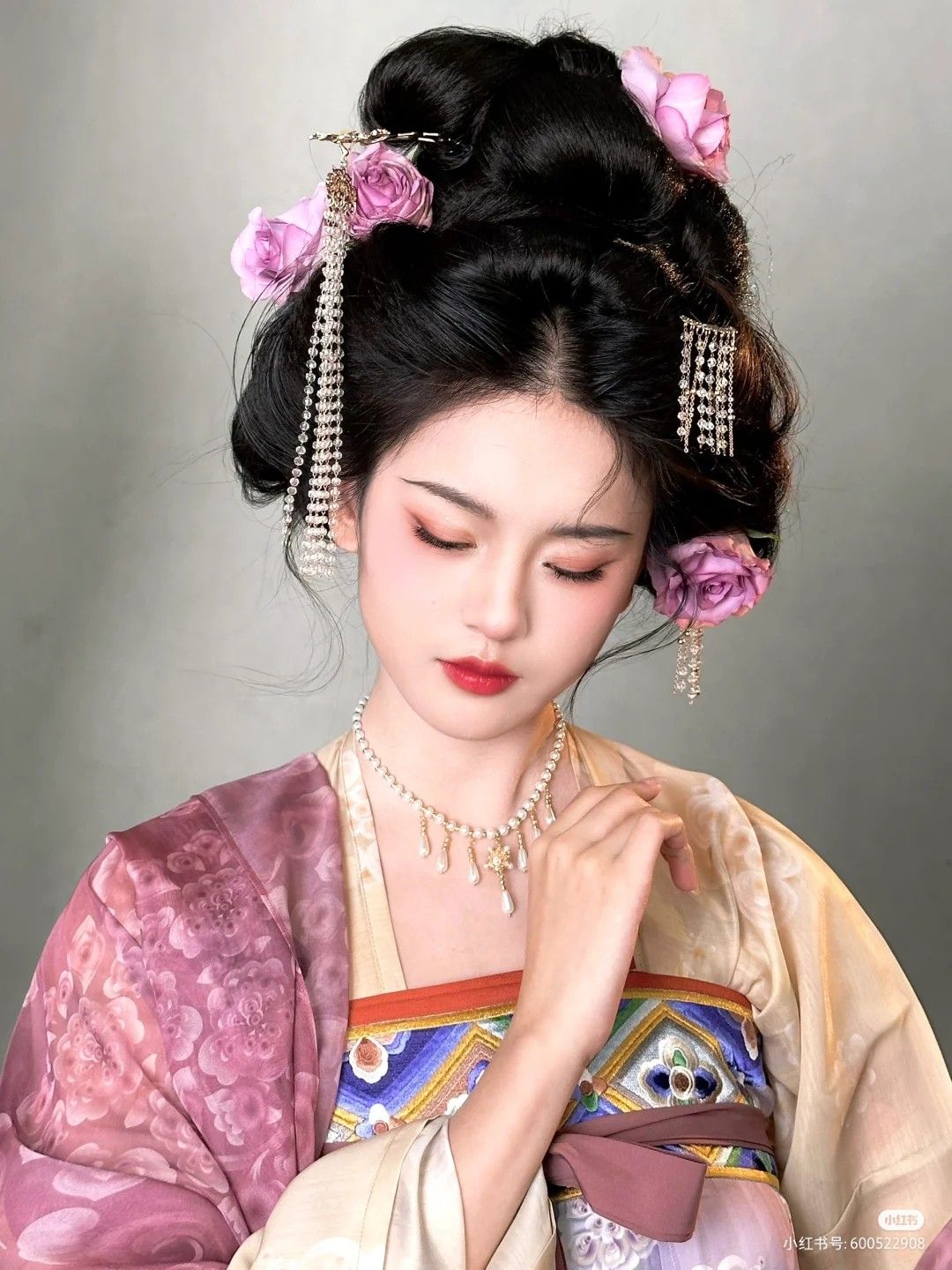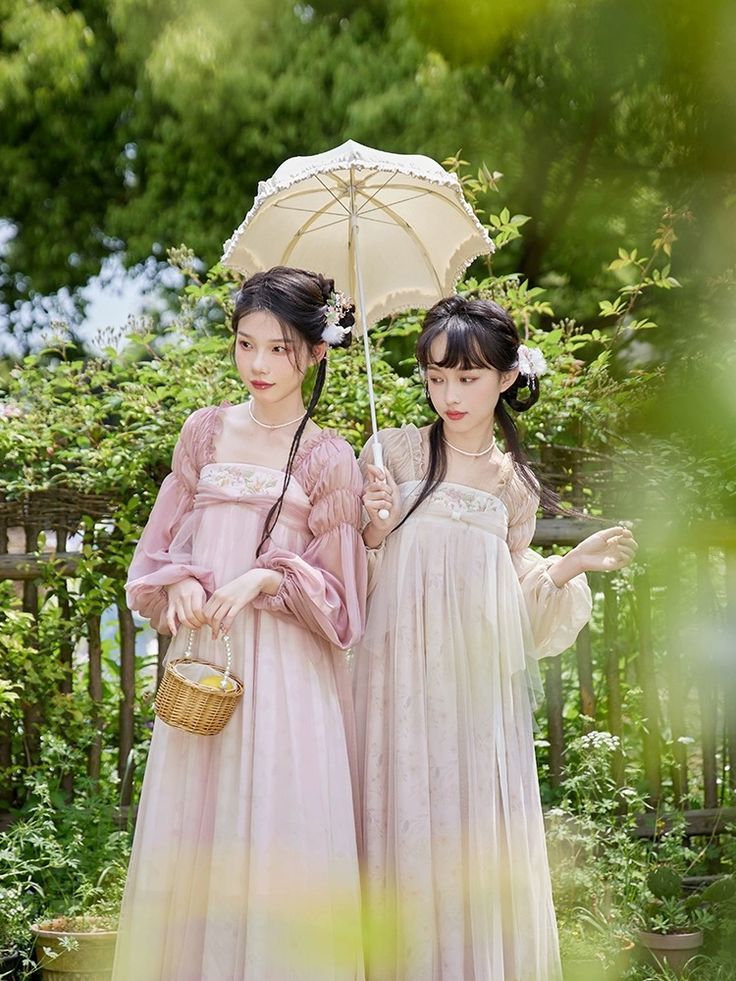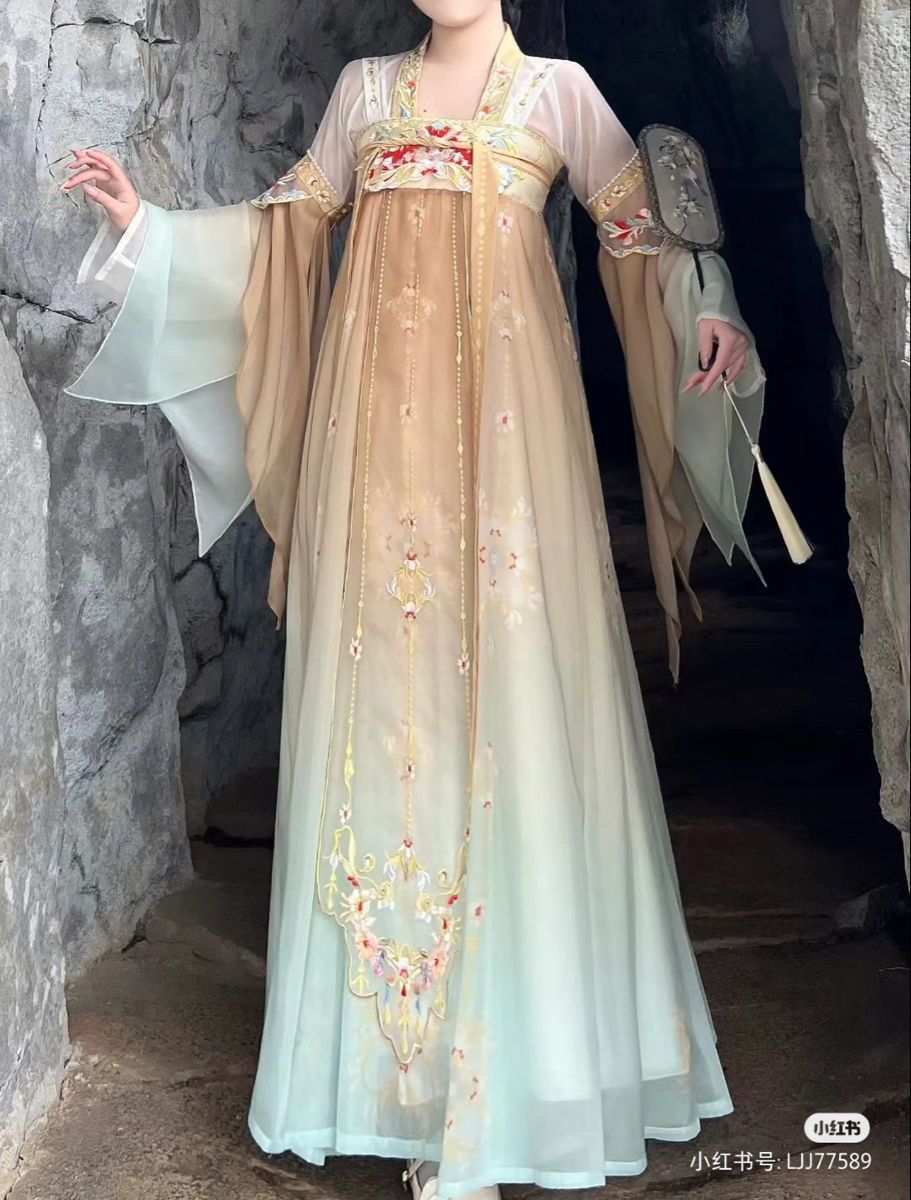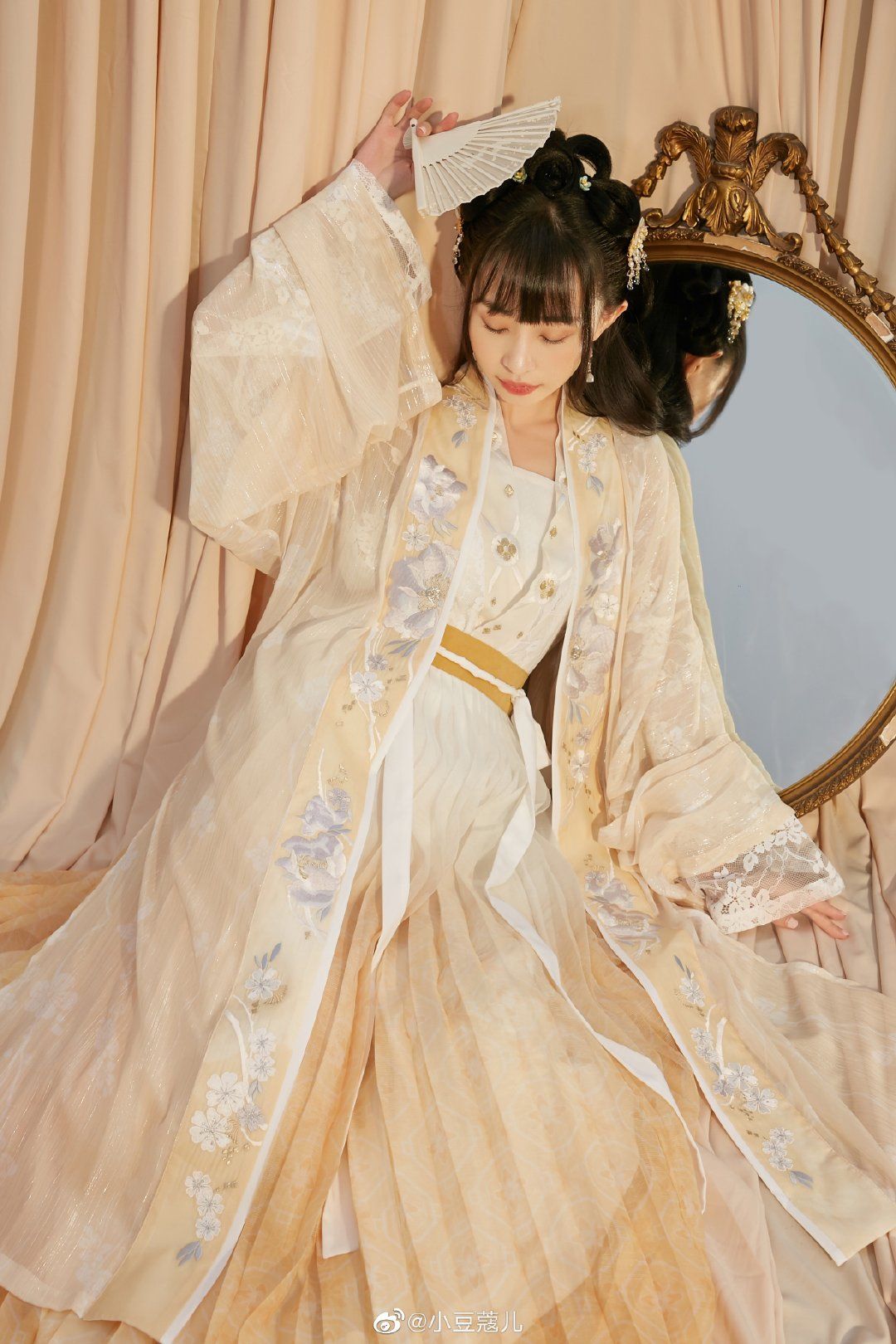In the rich tapestry of Chinese cultural attire, Hanfu, the traditional clothing worn by the Han ethnicity, stands out as a vibrant symbol of history and art. Among the intricate details of Hanfu Fashion, the use of zans (hairpins) as hair ornaments has played a pivotal role in enhancing the beauty and elegance of the attire.
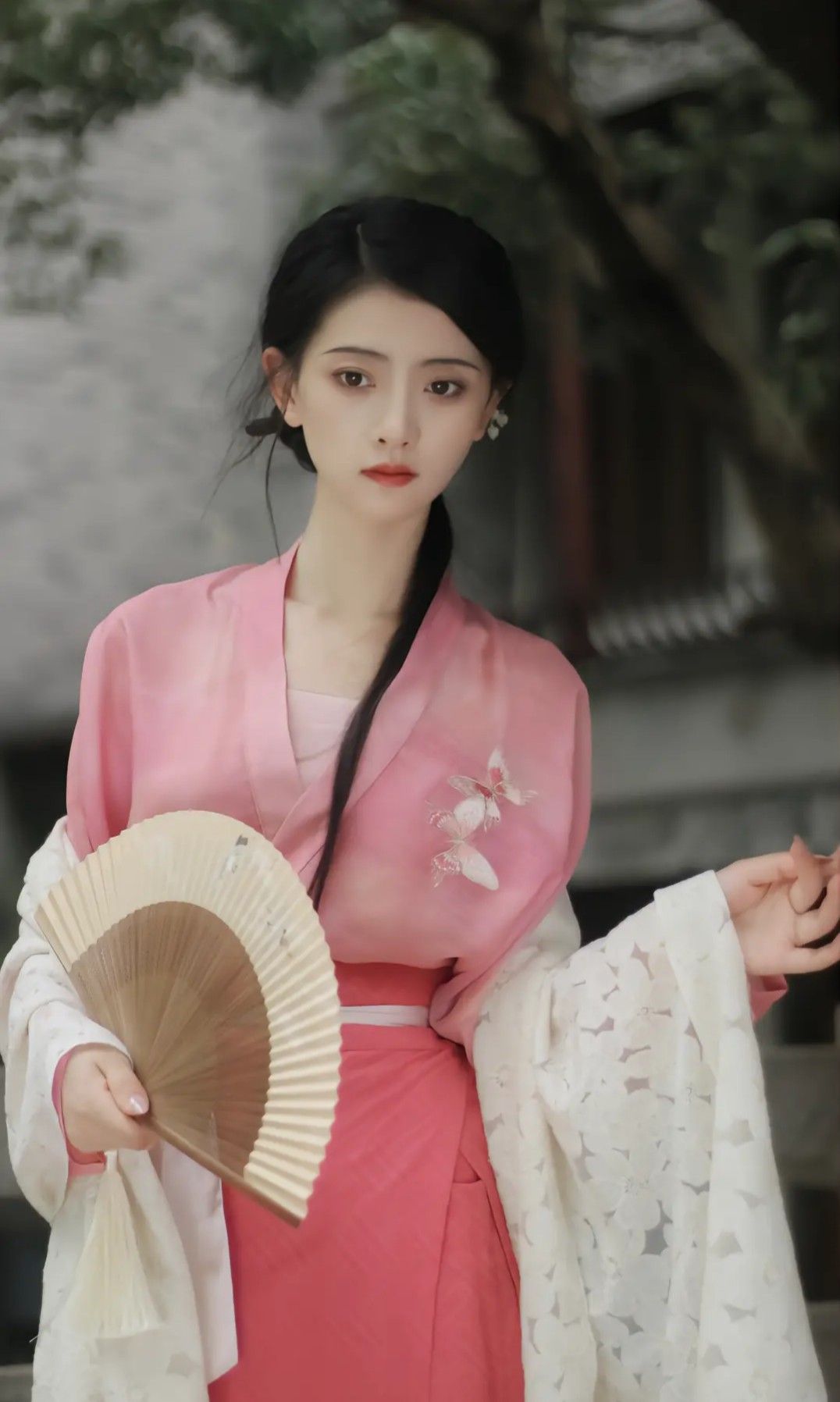
Originating from ancient times, zans have undergone numerous transformations and advancements in design and craftsmanship, reflecting the changing tastes and cultural influences throughout history. These hairpins were not merely for securing hair but also served as a medium to showcase the wearer’s status, preferences, and cultural identity.
During the Ming and Qing dynasties (1368-1912 CE), zans attained their peak of popularity and complexity. This period witnessed a flourishing of craftsmanship in hairpin design, with intricate carvings, exquisite gemstones, and precious metals being used to craft unique and beautiful zans. These hairpins were often adorned with jade, pearls, and other forms of jewelry, further enhancing their beauty and value.
The evolution of zans in Hanfu fashion can be closely linked to the socio-cultural changes that occurred throughout history. During different eras, the shape, design, and material used in the production of zans varied greatly. For instance, during the Song dynasty (960-1279 CE), simple yet elegant hairpin designs made of wood or bone were popular among women. As time progressed, more intricate designs made of precious metals and gemstones became prevalent, reflecting the changing tastes and cultural influences.
The role of zans in Hanfu fashion cannot be understated as they not only served as a decorative accessory but also as a symbol of cultural identity. The intricate designs and patterns on these hairpins often reflected the wearer’s status in society, their marital status, and even their age. Thus, zans played a significant role in preserving and transmitting traditional Chinese culture through generations.
Moreover, the art of hairpin making has been passed down through generations of skilled craftsmanship. The intricate designs and patterns on these hairpins require immense patience and skill to craft. The use of various materials like wood, metal, jade, and pearls in creating zans is a testament to the skilled craftsmanship that has been passed down through generations.
In modern times, the popularity of Hanfu fashion has experienced a revival, and zans have once again become a focal point of attention. Modern designers have taken inspiration from traditional hairpin designs and have created contemporary versions that are not only beautiful but also comfortable to wear. These modern zans are often made using high-quality materials like stainless steel, copper, and wood, ensuring durability and longevity.
In conclusion, zans as hair ornaments in Hanfu fashion have played a significant role in enhancing the beauty and elegance of traditional Chinese attire. Their evolution throughout history reflects the changing tastes and cultural influences that have shaped Chinese culture. Today, with the revival of Hanfu fashion, zans have once again become a focal point of attention, showcasing the skilled craftsmanship that has been passed down through generations.
The art of hairpin making is not just about creating beautiful accessories but also about preserving and transmitting rich cultural heritage. As we move forward in time, it is important to remember and appreciate the rich cultural history that has gone into creating these beautiful hairpins.

